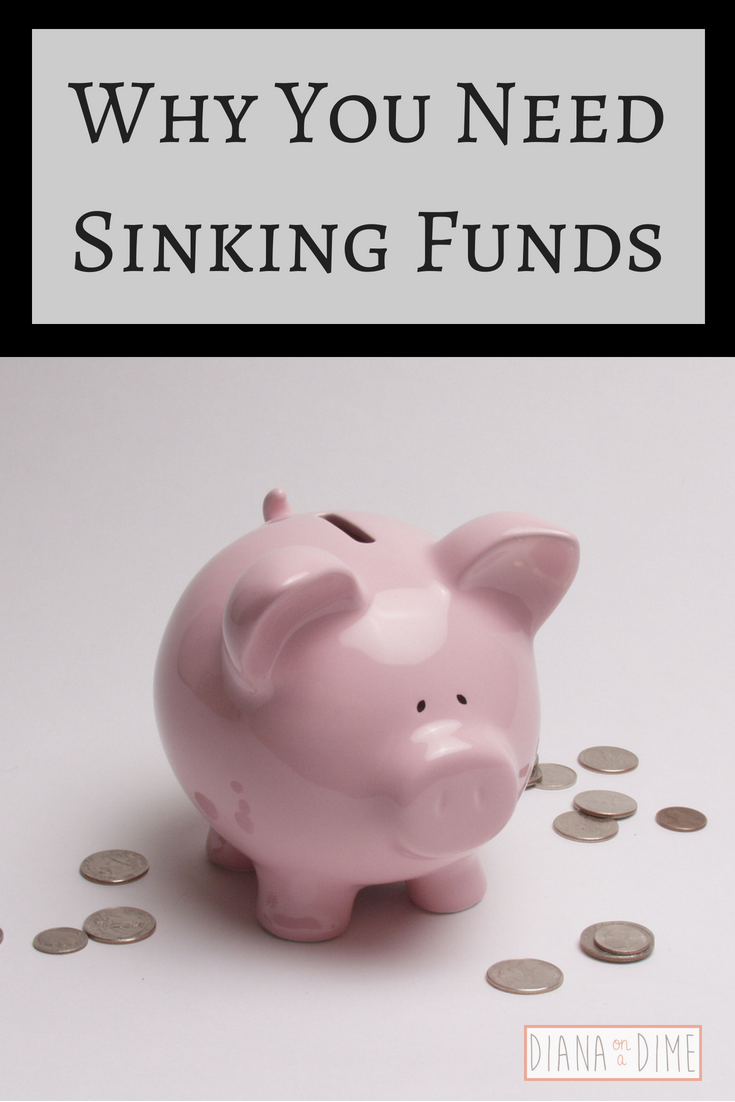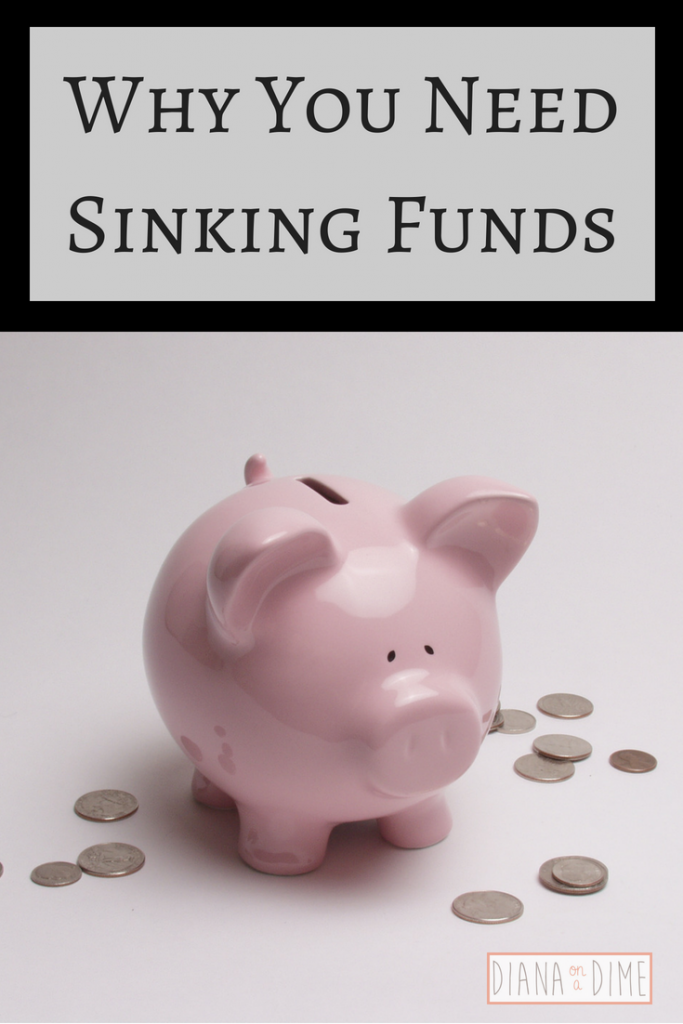Why You Need Sinking Funds
When I found Dave Ramsey about 3 years ago I was all about it and I loved that there were steps for me to follow. Fast forward a few years and I have definitely tweaked the system to fit my needs, but generally follow them. The scariest part for me was only having a $1,000 emergency fund for baby step #1. I mean, I live in New Jersey, a trip to get an oil change one time ended up costing me $1,000. The first thing I did was bump up my emergency fund to be $2,000, it just makes me feel so much better just in case something were to happen. Eventually I found sinking funds, too. This was actually life changing for my budget and my stress level.
What is a sinking fund?
I had no idea what a sinking fund was when I started this journey. I mean you heard about my car situation and literally blowing my entire emergency fund just on a trip to the mechanic, which never would have happened if I had a sinking fund. A sinking fund is when you set money aside each month for an upcoming expense. This is for things that you know are coming and have time to prepare for. By setting aside small amounts of money each month, the large expense doesn’t hit your budget as hard when the time comes.
How to start a sinking fund
This was tricky for me in the beginning. I knew it would be better for my budget in the long run to put small amounts aside for my upcoming expenses, but it was hard not putting that money to debt. However, the first time I actually used money from a sinking fund, it was a total game changer for me. In order to set up a sinking fund you need to figure out how much you are going to need and when you will need the money. For example, I know I’m going to need new tires and was told probably around the end of summer. I’m over estimating my tires to cost me $600 because I would rather have money left over and just put it towards debt after, then not have enough and scramble trying to find money. I started the sinking fund in February, so I have 7 months to save. I divide the total cost, $600, by the amount of months I have to save, 7 months, and I know I have to set aside $86 each month for my tire sinking fund. $86 is a lot easier than $600 in one month. Or, I save $3,000 for the summer when my income is not set, since I am a 10 month employee. I divide $3,000 over 10 months and put aside $300 each month. By the time summer comes around I have $3,000 in my account to use in case my income is lower than expected. At the end of the summer, I make a loan payment with whatever is left over.
Sinking funds have completely changed my finances because I no longer have to pull from my student loan extra payment when something major comes up. Now, my emergency fund is truly for emergencies and not just for big items that come up, like tires or brakes. How have sinking funds changed your budget?





